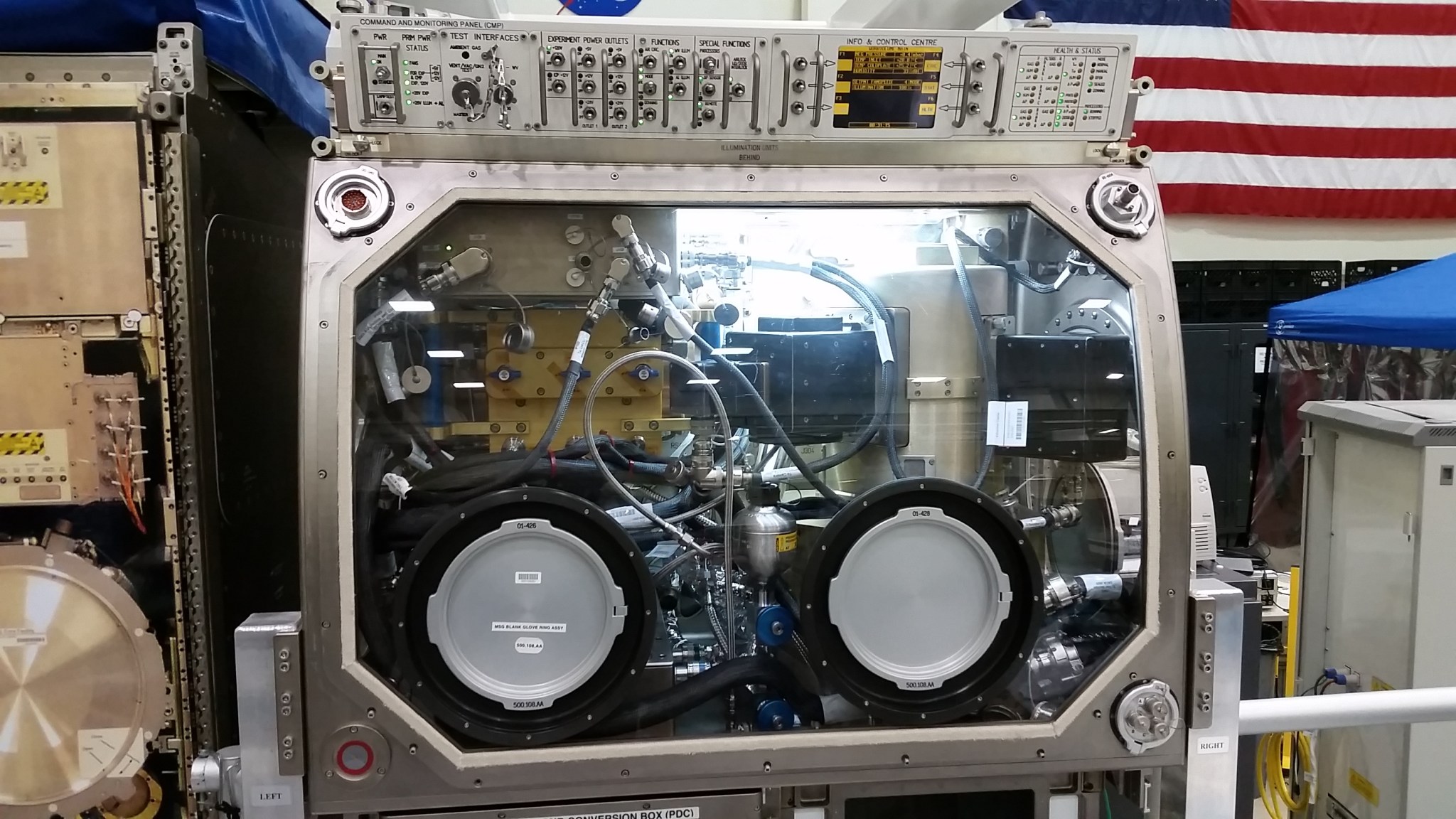Spacecraft rely on liquids for everything from fuel to life support systems for astronauts. Storing these liquids at the correct temperature and pressure is essential to prevent loss of fluids or failure of a storage tank. Human life in space is a balancing act of reliable systems and meticulous planning.
Rocket fuel and other liquids used in space are stored at cryogenic temperatures of –423 to -243 degrees F. As these liquid cryogens are warmed by the environment, they evaporate, which increases pressures inside storage tanks.
NASA Glenn Research Center’s Zero Boil-Off Tank (ZBOT) experiment on the International Space Station will study ways to relieve that pressure without the loss of fluid. ZBOT launched aboard Orbital ATK’s Cygnus spacecraft on its seventh contracted resupply mission for NASA from Cape Canaveral Air Force Station in Florida Tuesday, April 18. Operation of the experiment could occur as early as this summer.
In the presence of gravity, like on Earth, liquid moves heat around by a process known as natural convection. However, the lack of gravity makes the problem more complex.
“In microgravity there is almost no natural convection,” said ZBOT project manager William Sheredy. “Warm liquid doesn’t distribute its heat as well. As a result, cryogenic tanks experience building pressure, a situation we have to manage.”
ZBOT’s small-scale, microgravity tests on the space station will use a volatile fluid that boils at 86 degrees F, to simulate a cryogen, and study ways to mitigate pressure in storage tanks. Results from the investigation will help improve tank design for long-term cryogenic liquid storage and pressure control.
According to Sheredy, there are different ways to cool cryogenic tanks and relieve pressure in space. You could actively cool the fluids by running them through a cooling system, like a car’s cooling system with its hoses, pumps, fans and radiator. However, the hardware is heavy to launch.
Another way to relieve pressure and cool the tanks is to vent the vapor by opening a valve, like carefully turning the cap on a car’s radiator to release the steam. However, venting like this means losing some of the fluid. On space missions, cryogenic fluids are critical and not easily replaced.
ZBOT will explore techniques where there is no boil-off. In doing so, data gathered from the experiment will verify and validate models for fluid tank pressurization. These models can be used to design future, larger storage tanks of cryogenic fluids. This research ultimately reduces the risk and costs of future space expeditions.
On-orbit, the space station crew will install ZBOT hardware and set up the tests. After that, the experimental runs are remotely controlled from Earth by NASA Glenn’s ISS Payload Operations Center in Cleveland. Test results are downlinked for analysis and planning of future tests.






























